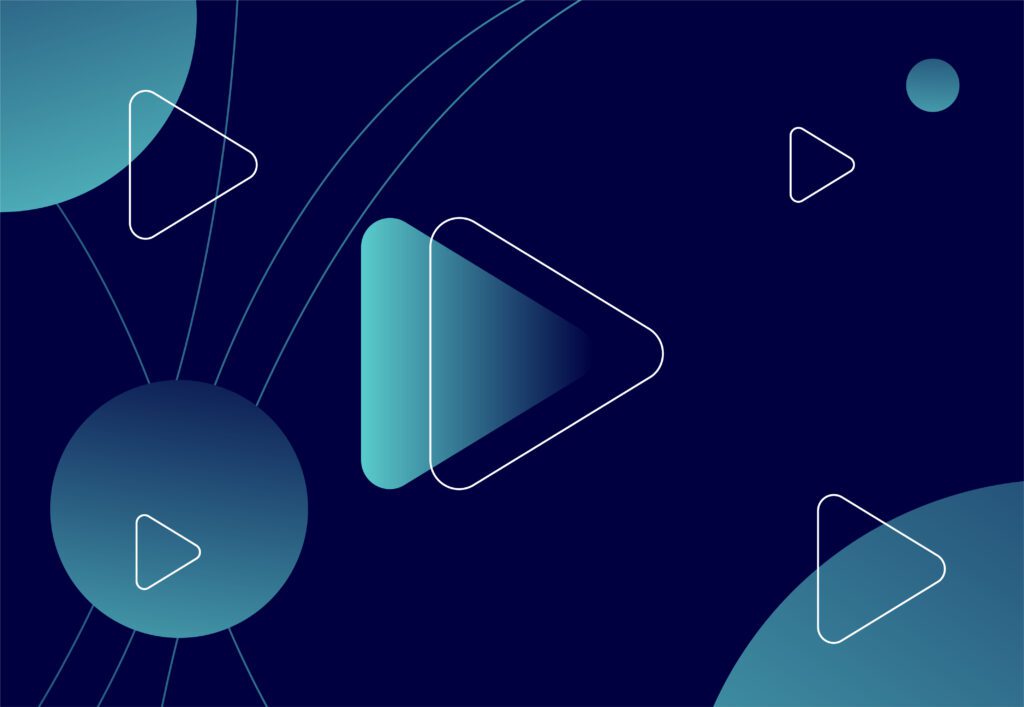
Augmented Reality And Its Place In Supermarkets

Augmented reality has been around for some time now and it’s a term, and even a feature, on the whole, that’s often overlooked due to the hype around virtual reality. There is a key difference though, as virtual reality is a complete digital version of either an imaginary world or reimagining of a real one, whereas augmented reality is essentially using the real world as a baseline and using visuals to enhance it. The most popular example of augmented reality in action would be the Pokemon Go mobile game, which took the world by storm in 2016 (yes, it was that long ago!).
Although predominantly used in gaming, augmented reality does have great applications in other areas of life too and that’s why I decided to write this blog. Sparking my interest in augmented reality for use in settings such as supermarkets was this video which I stumbled across on LinkedIn.
What’s happening in the video?
The video is showing what a person’s phone screen will display when pointed at the product’s packaging. Using augmented reality, the phone is able to scan the package and display what could be described as a virtual ad but over the dimensions of the packaging. In this case, the augmented reality ad shows a virtual representation of what the product looks like inside, highlights key points about the product and even shows user reviews!
What does it mean?
In a world where the majority of shaping is done online and peoples choices are governed by users reviews and star ratings, shopping in the real world can feel a little… outdated. Sure, it only feels this way by comparison to how far modern technology has come, but augmented reality could essentially bridge the gap. Think back, how many times have you stood there in the middle of a supermarket with a product in one hand and your phone in the other Googling the ingredients, what it can be used for or if it’s any good (according to other reviews) – I certainly have!
So, what if more packaging of supermarket items featured an augmented reality option? This would allow users to scan the product with their phone and find out key information instantly. This could also be massively beneficial for those who are vegan too – if they could simply scan a product with their phone and be told whether it’s vegan or if it contains any other ingredients which are typically associated with intolerances such as gluten.
Each company would likely approach augmented reality packaging a little differently, but the features it could offer really do feel endless. As all of the information for the display would be stored online, just like when you scan a QR code, you could have a huge array of visuals. Imagine being able to pick up food from the supermarket and be able to instantly access a list of recipes it can be used in and be told what other ingredients you’ll need to make those recipes.
How would it work?
As most people carry around a smartphone with a camera, the majority of customers would be able to benefit from this feature by simply scanning the products using the relevant app. Reading up on this I have seen some opinions about the packaging saying that customers would become bored of it if it was available all of the time. But this doesn’t mean that the normal packaging would be blank. Its capabilities are merely there to be used as an optional extra, allowing customers a deeper insight into the product if they wish.
What do you think?
Everything you’ve just read has flown straight from my brain onto the page, purely as a result of my interest in the idea and excitement at what it could mean. Whether my ideas are as practical as they seem and cost-effective, I don’t know, but what I do know is that it’s very cool. Do you agree or do you think it’s merely a gimmick? Let me know what you think!



